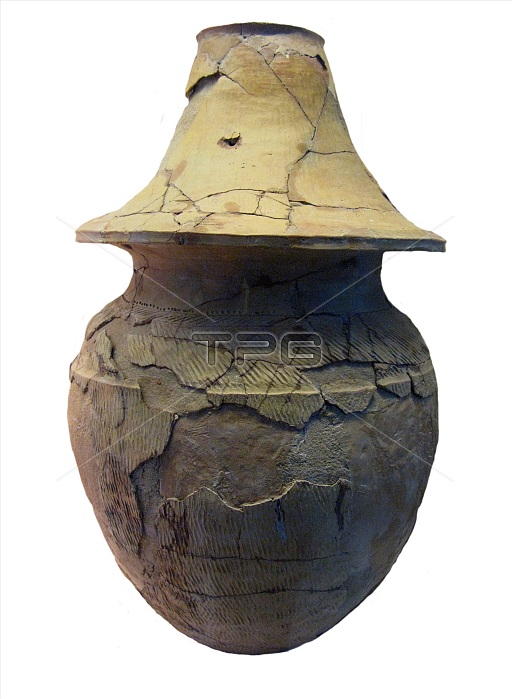
The Sa Hu廙軟h culture (Vietnamese: V?n h籀a Sa Hu廙軟h) was a culture in central and southern Vietnam that flourished between c. 1000 BCE and 200 CE. Archaeological sites from the culture have been discovered from the Mekong Delta to just south of the Tonkin region. The Sa Huynh people were most likely the predecessors of the Cham people, the founders of the kingdom of Champa.
The site at Sa Huynh was discovered in 1909. Sa Huynh sites were rich in locally-worked iron artefacts, typified by axes, swords, spearheads, knives and sickles. In contrast, bronze artefacts were dominant in the Dong Son culture sites found in northern Vietnam and elsewhere in mainland Southeast Asia.
The Sa Huynh culture cremated adults and buried them in jars covered with lids, a practice unique to the culture. Ritually broken offerings usually accompanied the jar burials. The culture is also typified by its unique ear ornaments featuring two-headed animals. The ornaments were commonly made from jade (nephrite), but also made from glass. Bead ornaments were also commonly found in Sa Huynh burials, most commonly made from glass.
The Sa Huynh culture showed evidence of an extensive trade network. Sa Huynh beads were made from glass, carnelian, agate, olivine, zircon, gold and garnet
| px | px | dpi | = | cm | x | cm | = | MB |
Details
Creative#:
TPG32689413
Source:
達志影像
Authorization Type:
RF
Release Information:
須由TPG 完整授權
Model Release:
No
Property Release:
No
Right to Privacy:
No
Same folder images:

 Loading
Loading